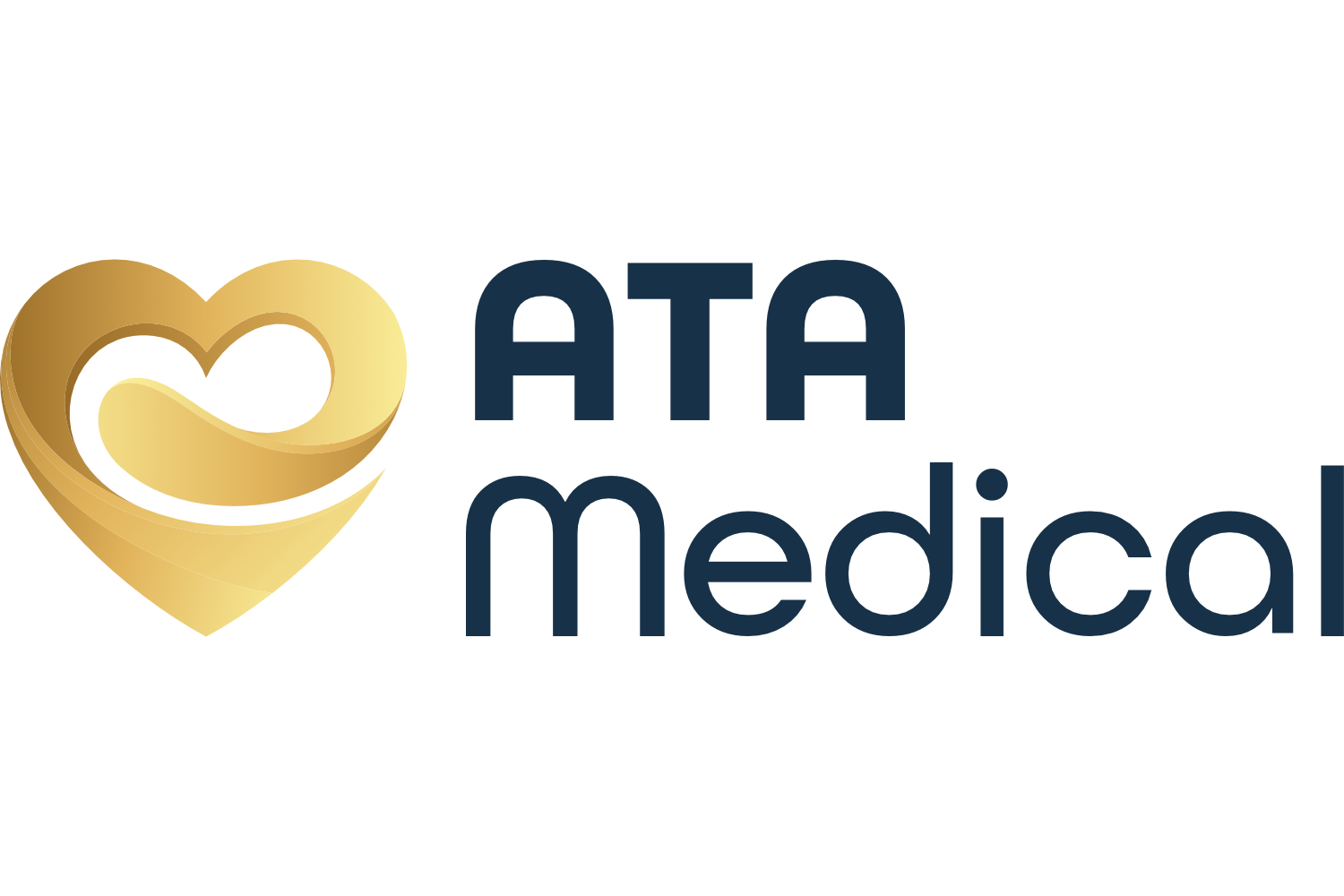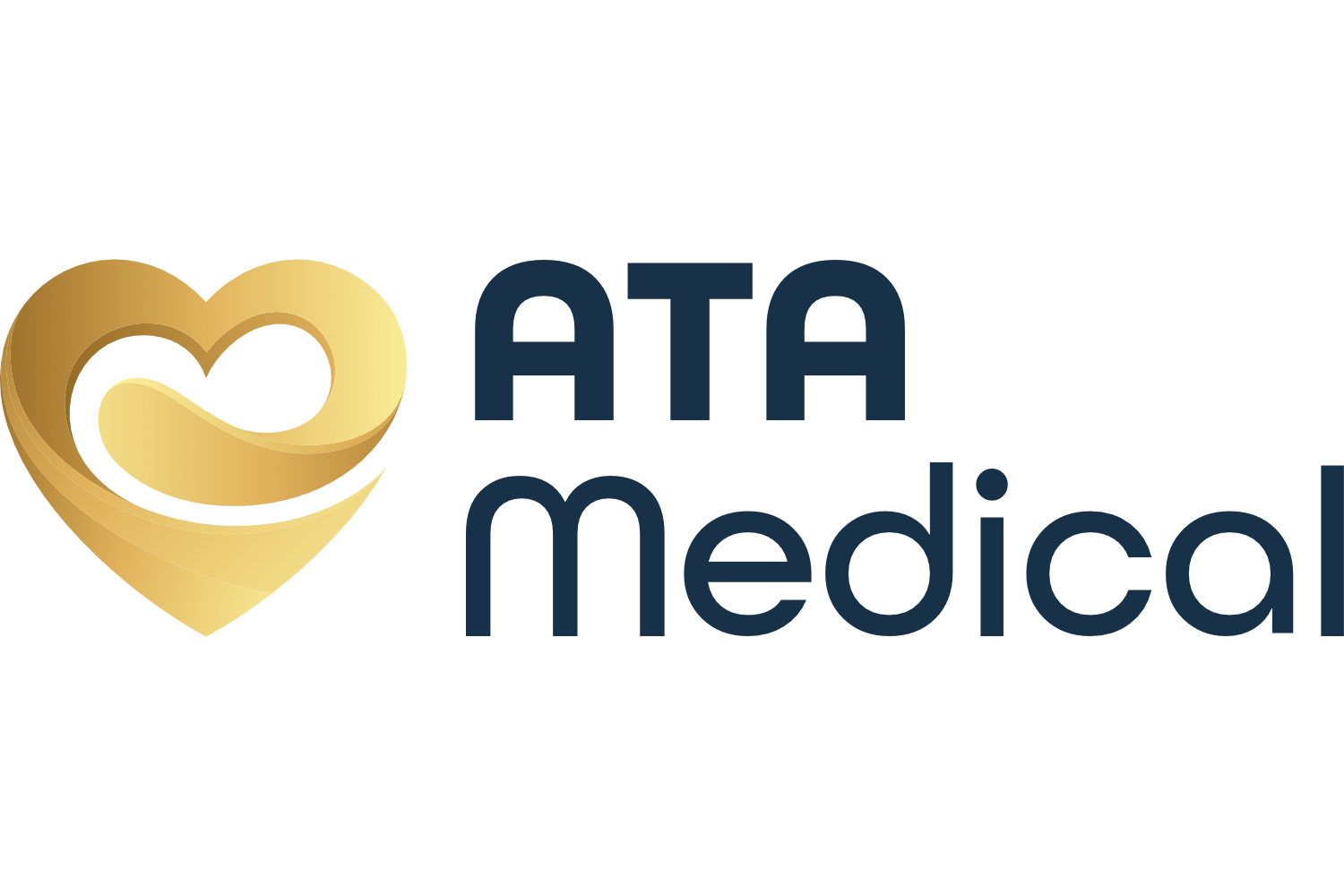Understanding Osteoporosis
Last updated: Jun 17, 2025
Osteoporosis is a
condition characterized by weakened and fragile bones, which
increases the likelihood of fractures. It is often called a
"silent disease" because bone loss happens without noticeable symptoms until
a fracture occurs. This condition mainly affects older adults, particularly
women after menopause.
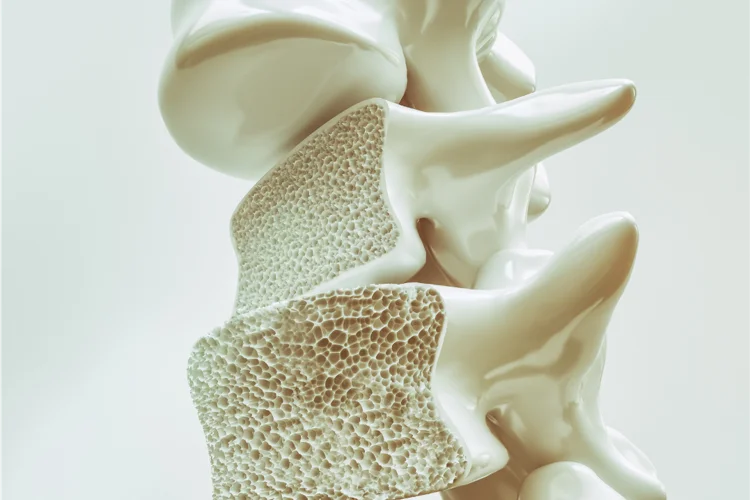
Osteoporosis Statistics in Singapore

- Women face an 18% risk of getting a hip fracture in their lifetime while men have a 6% risk. In the past 30 years, hip fractures have increased in women (5 times) and men (1.5 times) over 50 years old.
- There are 2,500 cases of hip fractures a year, with this figure expected to increase to 9,000 by 2050. Among those who suffer hip fractures, 1 in 3 experiences a significant loss of function and becomes dependent on others.
Osteoporosis is a growing concern in Singapore, particularly with an ageing population. The prevalence of osteoporosis is rising, with a significant number of elderly individuals at risk of fractures. Early detection is vital for prevention and management of this disease.
Osteoporosis Symptoms
Common symptoms of osteoporosis include back pain, gradual loss of height, and a hunched posture. Osteoporosis-related pain, which may be caused by fractures or compression of the spine, can be ongoing and significantly impact daily life and overall health. In the long term, complications such as persistent pain, disability, and reduced independence may occur.
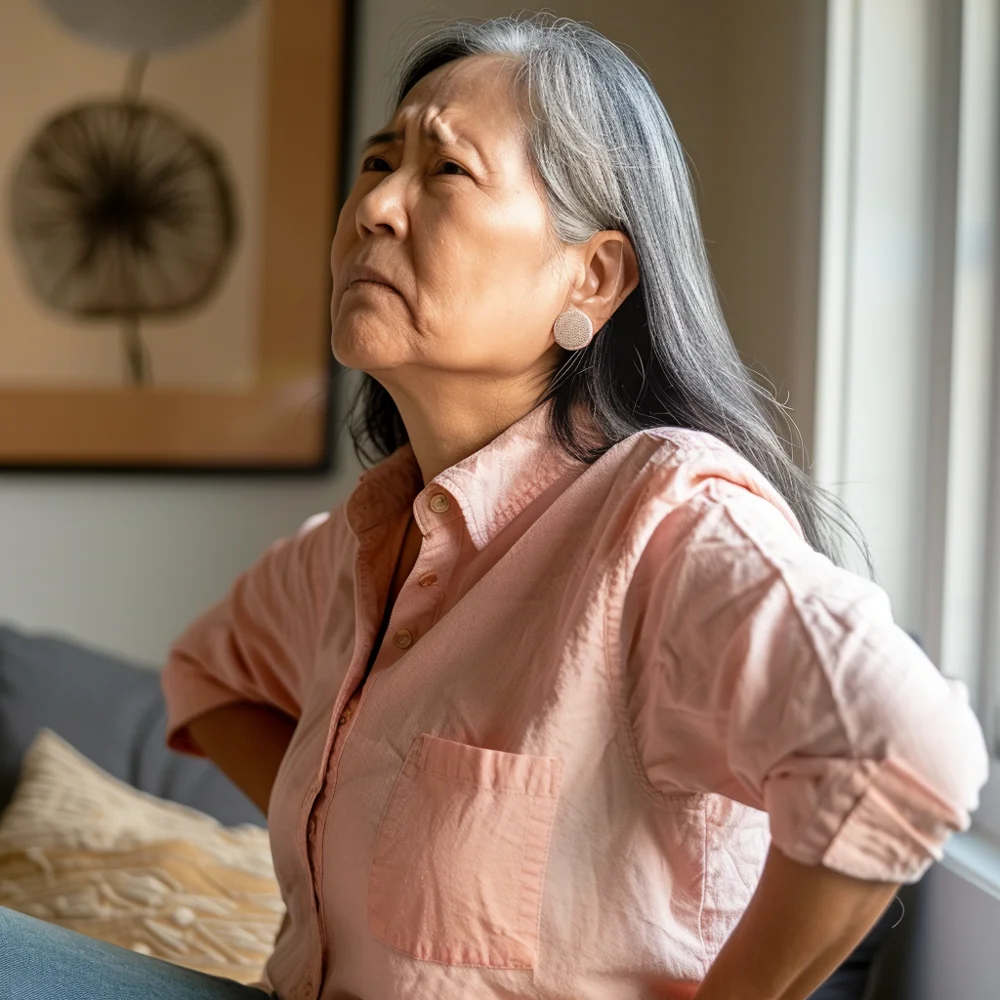
What Causes Osteoporosis?
Osteoporosis is caused when the body loses more bone tissue than it can produce, resulting in more fragile bones.
Osteoporosis Risk Factors
Risk factors for osteoporosis include ageing, gender (women are more susceptible due to hormonal changes, especially during menopause), inadequate calcium and vitamin D intake, low body weight, lack of physical activity, smoking and high alcohol consumption, family history of osteoporosis, and diseases such as diabetes or hypertension that can reduce bone density or increase the risk of fractures.
Diagnosing Osteoporosis
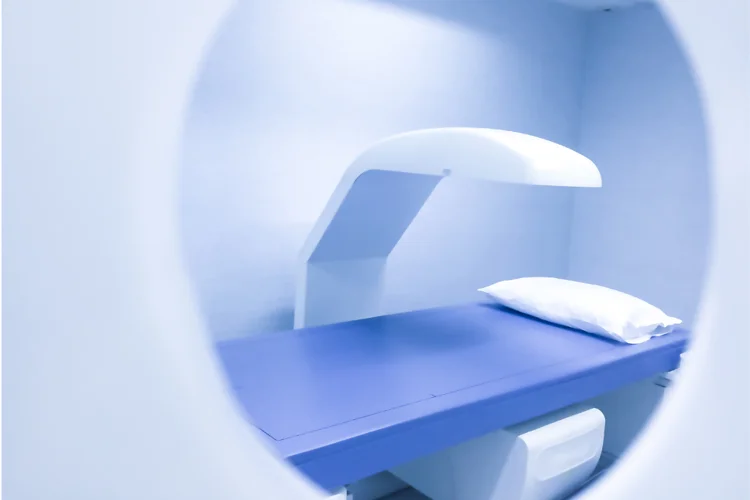


The current gold standard for assessing osteoporosis is through a Bone Mineral Density (BMD) test, measured using Dual-Energy X-ray Absorptiometry (DEXA). A DEXA scan accurately calculates bone density and also provides insights into fat distribution and muscle mass. Comprehensive risk assessments also include evaluating lifestyle factors, medical history, and family history. It is important to note that osteoporosis differential diagnosis can involve other conditions that cause bone weakness, such as liver disease and hyperthyroidism.
How to Treat Osteoporosis?
Treating osteoporosis involves providing lifestyle advice to all patients at risk, particularly postmenopausal women and men aged 65 years and above. This advice can include ensuring adequate calcium and vitamin D intake, engaging in regular weight-bearing exercises, and avoiding smoking and excessive alcohol consumption. For individuals presenting with signs of bone fragility, a DEXA scan is required to accurately assess bone density. If osteoporosis is diagnosed after ruling out other conditions, medication may be prescribed alongside lifestyle recommendations. Progress can be monitored through regular DEXA scans. In certain cases, such as those with complex secondary causes or ineffective treatment, referral to a specialist may be necessary.
How to Prevent Osteoporosis?
Preventing osteoporosis involves maintaining a healthy lifestyle that includes a balanced diet rich in calcium and vitamin D, engaging in regular weight-bearing and muscle-strengthening exercises, and avoiding smoking and excessive alcohol consumption. It is also important to have regular checkups to assess risk factors and test for bone density, especially for older adults and postmenopausal women, to identify and address early signs of bone loss.

Osteoporosis Testing & Treatment in Singapore
At ATA Medical, we offer testing and follow-up treatment for osteoporosis with the following prices:
| Tests/Treatment | Price* |
|---|---|
| Consultation | From $49.05 |
| DEXA Bone Densitometry (Hip & Spine) | $130.80 |
| Ultrasound Heel (Bone Mass Density) | $43.60 |
| Vitamin D Test | $130.80 |
| Deficiency Screen (Folate, Vitamin B12, Vitamin D, Iron, Total Iron Binding Capacity, % Iron Saturation, Ferritin) | $161.32 |
| Alendronate | $39.24 per box (30 tablets) |
For a more comprehensive assessment of your health, you can consider our health screening packages which include Bone Mineral Density test.
Summary
Osteoporosis is a significant health concern in Singapore, especially among the elderly. Understanding the symptoms, causes, and risk factors can help individuals take proactive steps to prevent this condition. Early detection through regular screenings and adopting a healthy lifestyle can maintain healthy bones and reduce the risk of fractures in the future. If you are experiencing symptoms of osteoporosis or are concerned about your bone health, schedule an appointment with a doctor today to discuss and explore appropriate measures.
Why Choose ATA Medical?

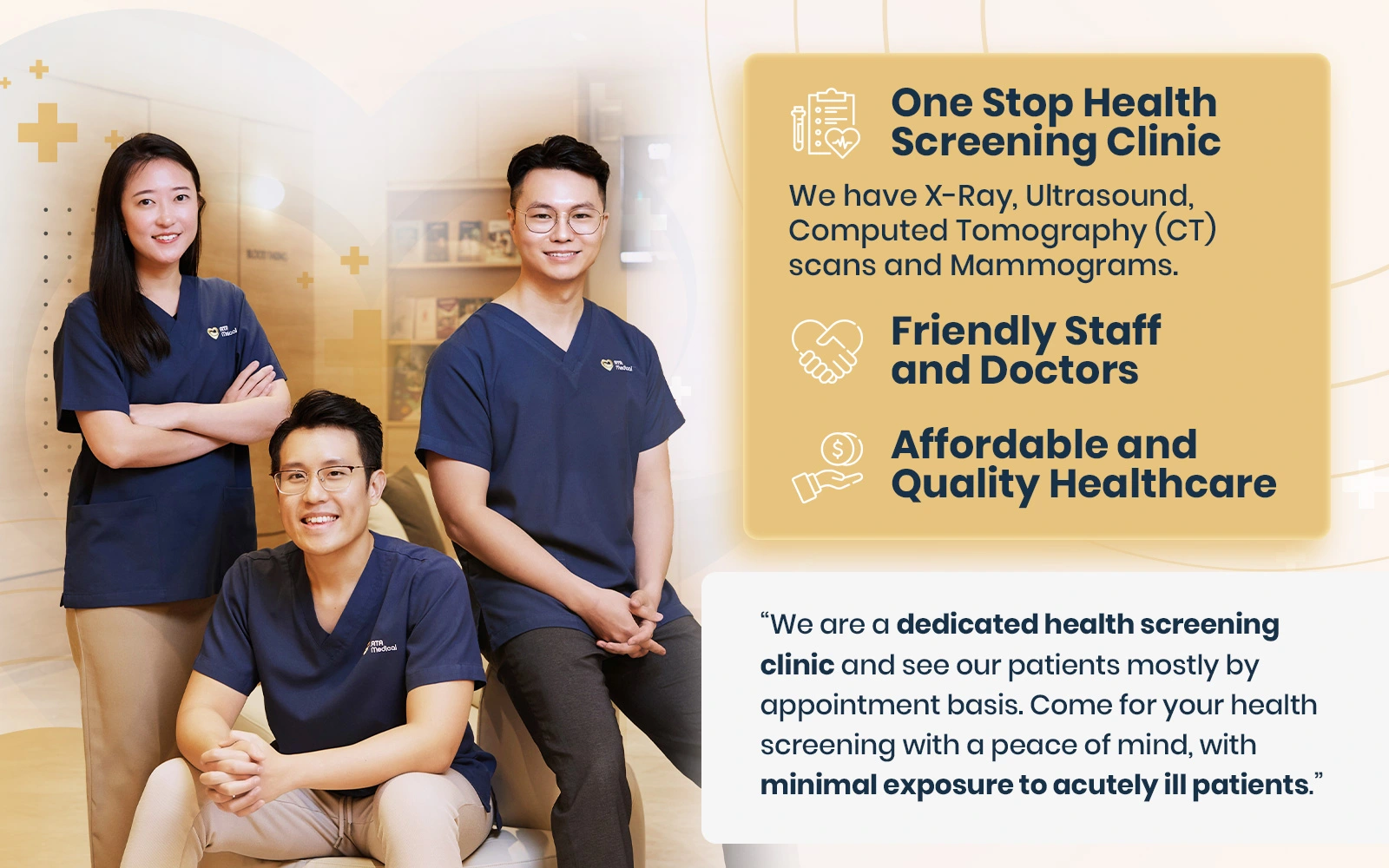


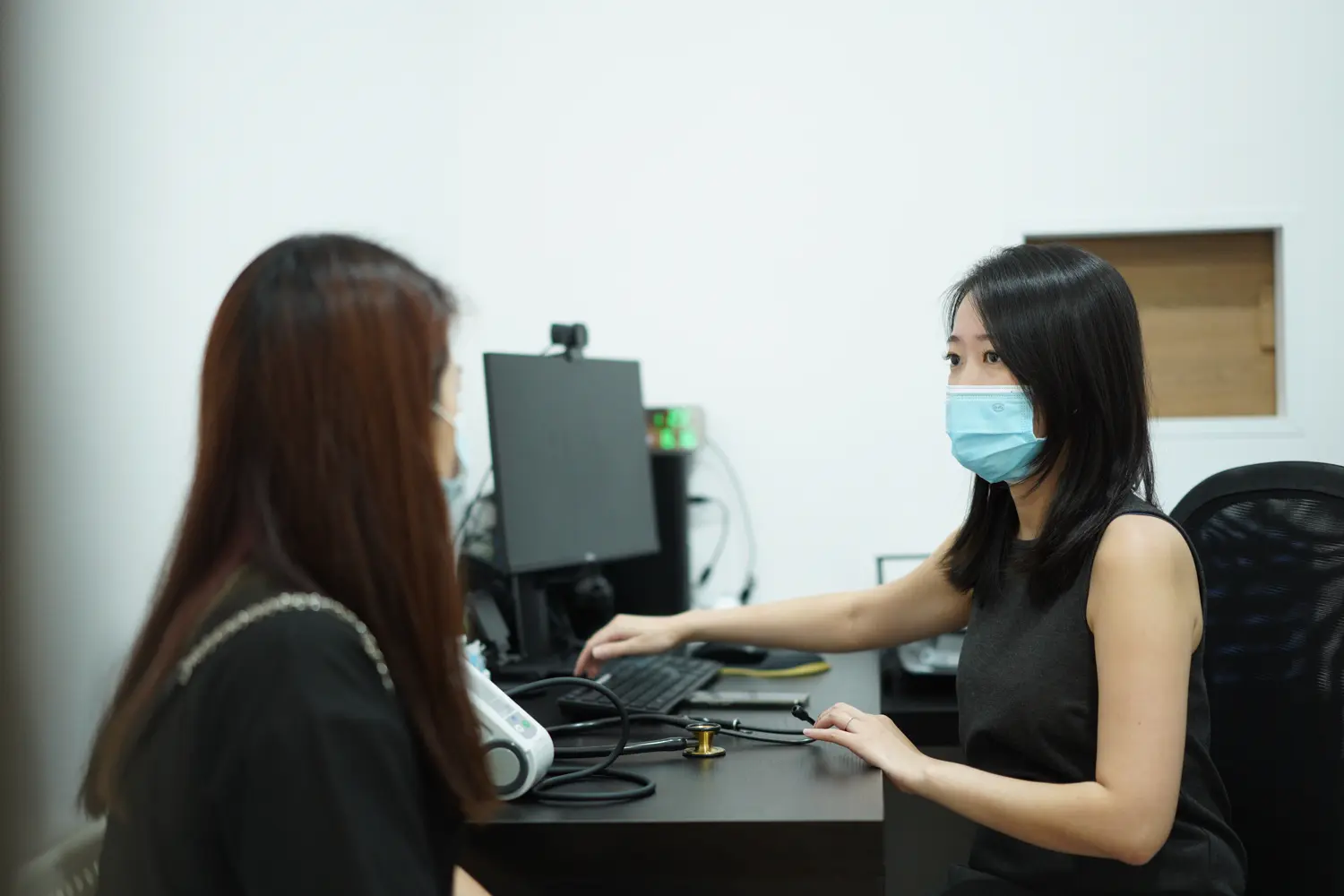
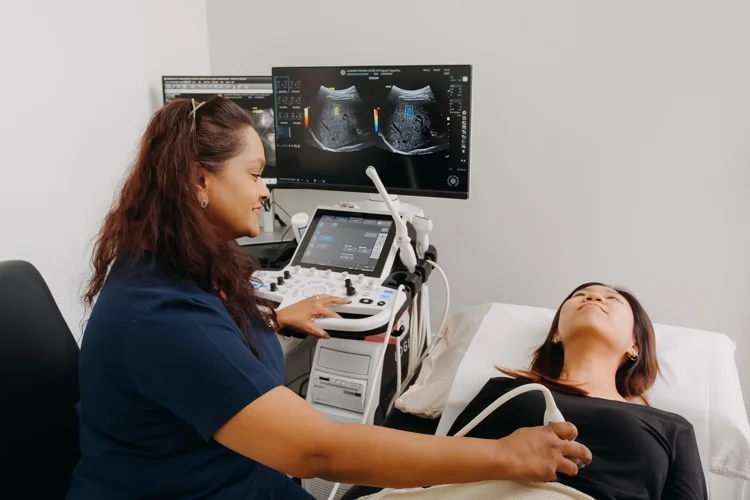
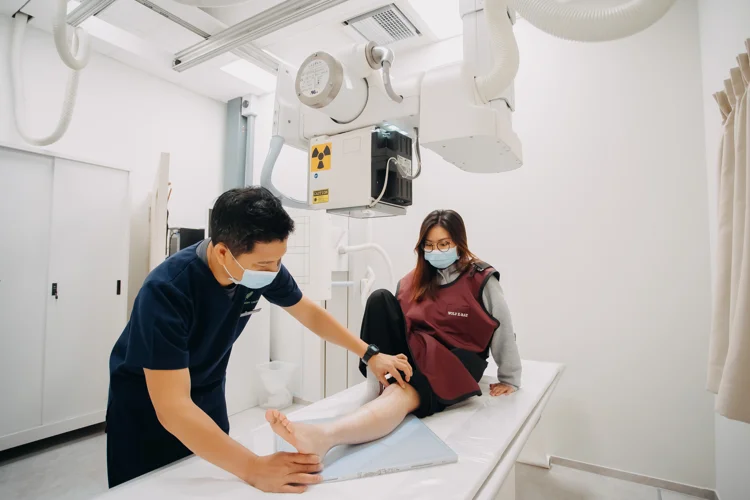

Delivering Care Patients Appreciate
What to Expect
FAST RESULTS
We strive to deliver your results within 7 working days.
MINIMUM WAITING TIME
Our patient-oriented processes ensure your waiting time is kept to a minimum.
Friendly Service
Service is a top priority for us at ATA Medical.
Email Us at camden@atamed.sg
for More Information.
Book Your Osteoporosis Treatment With Us at 88838892.
